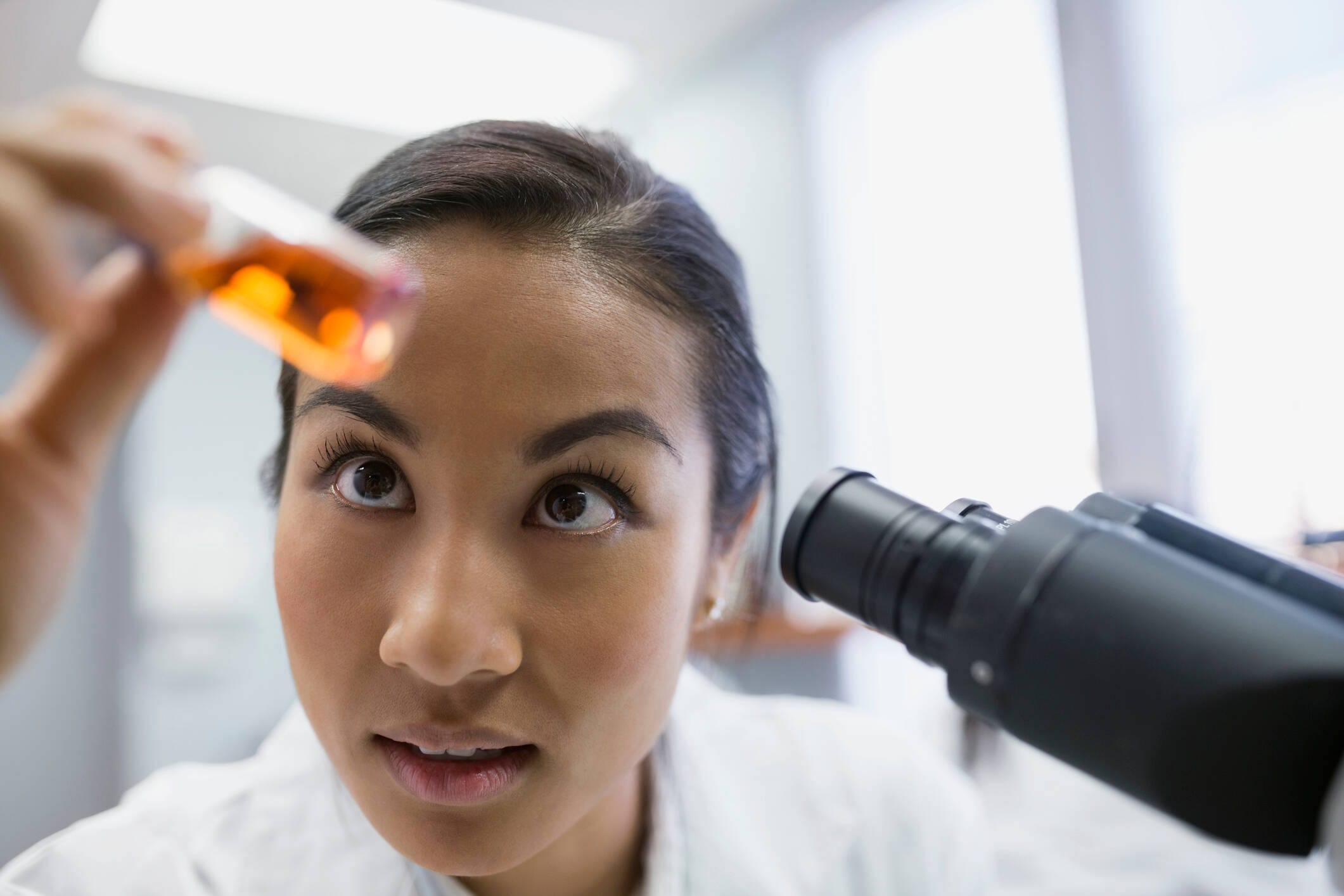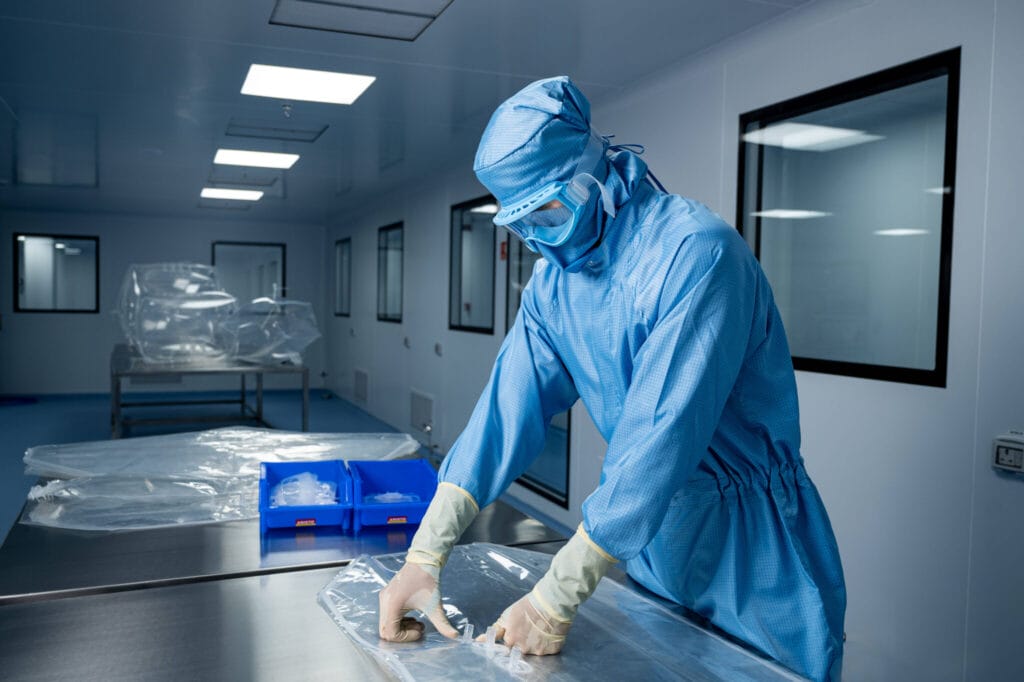
Prioritising eye safety in science labs
It is easy to forget about eye protection in a school science lab or a cleanroom of a pharma company. The fun of doing experiments and making discoveries can make this essential safety measure seem unimportant. Unfortunately, this has caused what we call “Laboratory Eye Protection Neglect”, where we fail to recognize how vital it is to protect our students’ vision.
The Truth About Ignoring Eye Protection
Even though there are clear rules and obvious dangers involved with working in labs, teachers still tend not to take eye safety seriously enough. This could be because they think that if nothing wrong happens, everything will be fine, or maybe they just do not know what kind of lab safety goggles should be used when dealing with certain chemicals.
Excuses for Not Wearing Safety Goggles
- Overconfidence based on Experience without Consideration: People should look out for current risks instead of relying too much on the record of past hazards which did not result in any injury. The situation in educational labs is ever-changing and, therefore, unpredictable; hence, frequent assessment of dangers associated with different activities should be done.
- Differentiating Between Safety Goggles and Goggles: Many people confuse these two types of eye protectors: lab safety goggles and indirectly vented chemical splash goggles. Each has its own purpose, but assuming one can use interchangeably poses a danger to their eyesight.
- Budgetary Constraints with False Confidence: Administrators may cut corners because they believe everything will work well even without strictly adhering to all required safety measures. This creates room for compromising some procedures due to limited funds, yet such an attitude can cost lives regardless of the amount spent on other things within the institution’s control.
- Lack of mandatory training on safety measures: Most employers overlook training their employees about common standards, which include teaching them when, why, and how various personal protective equipment should be used, including those meant for eyesight protection, while at the workplace as an employee under authority. Thus, such an organization falls short of its obligation to ensure staff members’ well-being.
The Law’s Viewpoint on Responsibility and Negligence
All educational institutions should always ensure that they provide safe learning environments because failure can result in serious lawsuits being filed against them by injured persons who believe such establishments were negligent in terms of duty care owed towards affected individuals, especially when protecting eyesight while within these settings. This is why rules about eye protection must be strictly followed since they form part of many laws governing rights various stakeholders, including learners themselves, have when attending school or any other place where education takes place.
Creating a Culture That Puts Safety First
The basis for any safety initiative should be recognising that prevention is better than cure. Among the fundamental measures is conducting regular safety hazard analysis coupled with appropriate selection of PPEs guided by Annex-1 standards and ISO recommendations. One way through which this can achieved involves using goggles or safety goggles for chemistry lab meeting these criteria, such as those supplied by different distributors like Lindstrom, among others, who offer a comprehensive range of options designed to protect eyes from hazardous materials during experiments conducted within various science laboratories around the world, thus making them more aware about importance using authorised functional protective eyewear whenever necessary.
Common Lab Dangers
Protecting eyes involves more than shielding them from chemicals alone; physical hazards also play significant roles. Hence, robust systems are needed to address such dangers comprehensively.
To be compliant, Lindstrom values quality and convenience, thus enabling educational institutions, pharmaceuticals, and cleanroom companies to access protective gear for this standard without needing maintenance or capital investment. Moreover, these goggles are fitted with chips for tracking through their life cycle, which is a cheap but good way to meet the safety requirements of science labs and cleanrooms.
In Conclusion: A Call for Safety in Science Education
The safety of the eyes should be among the top concerns when working in science laboratories that are used for teaching purposes. It’s not enough just to follow the rules – they must also be improved. An environment needs to exist where complete training on safety measures is provided alongside strict observance of PPE guidelines.



